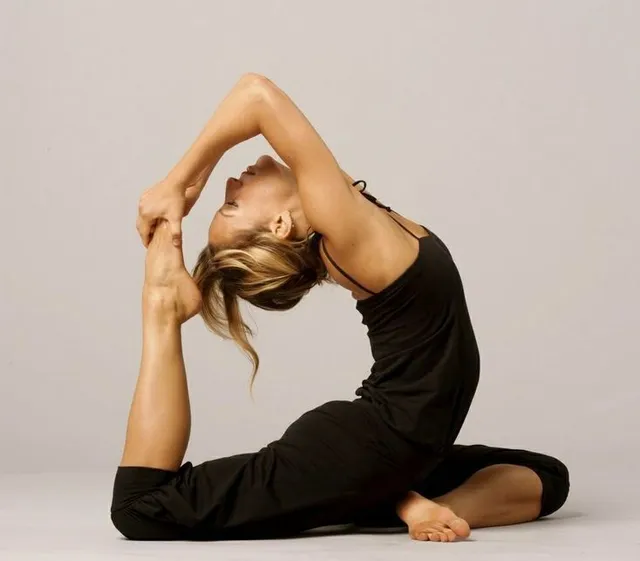
EKA PADA RAJAKAPOTASANA VINYASA FLOW
Teach your students a progressive vinyasa yoga sequence! Find out here how to make your students progress by adding additional postures to each set (R/L) to enhance the warm-up of the body and put in place all the actions necessary to best achieve the final posture. The progressive method is very understanding of the students and allows teaching in flow, that is to say that the postures are held just for one or two or even three breaths no more.
Eka means one, pada is leg or foot and kapota is dove or pigeon. Rajakapotasana is the king of pigeons.
In this asana, the chest expands like that of a pigeon inflating its crop, hence the name.
This beautiful posture strongly stretches the neck, shoulders, chest, abdomen, thighs, groin and the front of the spine.
This posture stimulates the organs of the abdomen by a kind of massage, which helps to better digest and energize the immune system. Practicing this posture in variation helps to treat and control urinary disorders. It regulates hormonal secretions, especially those of the thyroid.
The first difficulty of this posture is in the unusual positioning of the hips, the rear leg is extended, a classic position for backward extensions, but the front leg is in external hip rotation. This position of the pelvis creates difficulties in maintaining balance and proper hip alignment.
The second difficulty of this posture is at the level of the large opening of the chest and shoulders to reach the back foot without collapsing in the lower back.
Access the annotated class sequence with posture images and join the community of teachers!